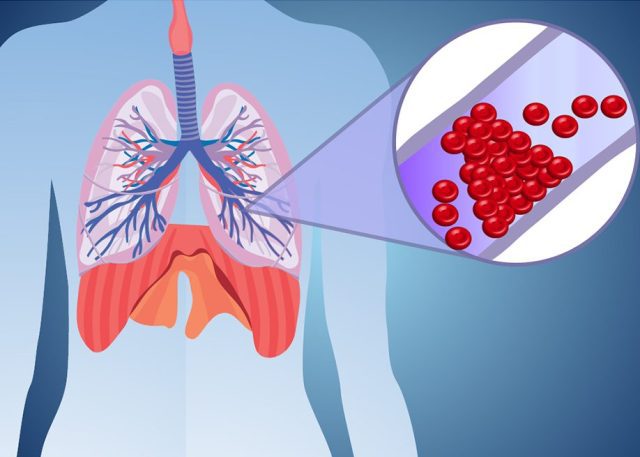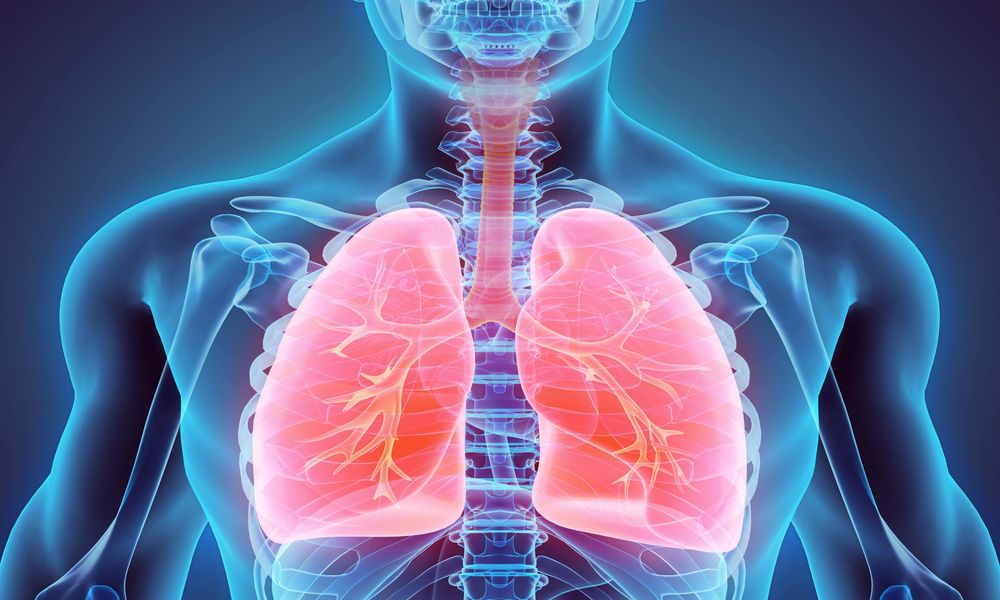İçindekiler Tablosu
Pulmonary Embolism
A medical condition that occurs when blood clots in the leg veins break off and reach the lungs. pulmonary embolism It is called. Clots block the lung arteries, preventing normal blood flow. As a result, oxygen exchange is disrupted and can lead to shortness of breath, chest pain and even death. This disease is an emergency that requires rapid diagnosis and treatment.
Pulmonary Embolism Symptoms
It usually causes sudden and severe shortness of breath. It can develop rapidly and occur at rest or during physical activity. Chest pain or discomfort is another symptom. It usually increases when you take a deep breath or cough. When the blood clot reaches the lungs, cough and bloody sputum may occur as a result of the bleeding.
Heart rate may increase (tachycardia) because the body begins to work harder to meet its oxygen needs. In severe cases, neurological symptoms such as fainting or dizziness may occur.
Sudden sweating attacks or cold sweats may be among the symptoms. It is associated with clot formation in the veins of the lower extremities (leg or hip). Symptoms of deep vein thrombosis, such as leg pain, swelling or redness, may also occur along with the symptoms of the disease.
Don't forget that pulmonary embolism symptoms It may differ from person to person. Sometimes it can be mild or vague. If you suspect symptoms or are at risk, contact a healthcare professional immediately. If not diagnosed and treated early, it can be life-threatening. It is very important to seek medical help as soon as possible.
Who Gets Pulmonary Embolism?
It is caused by blood clots called deep vein thrombosis that form in another part of the body, especially the legs. Deep vein thrombosis is clots that form in deep veins such as the leg veins or pelvic veins. Bed rest, prolonged sitting, or inactivity can increase the risk of blood clots.
Major operations or surgical interventions in the leg or pelvic area may increase the risk. Major trauma, fractures, or immobilization after surgery can promote blood clot formation. Some types of cancer increase the risk as cancer cells spread to other parts of the body through the circulatory system. Obesity may increase risk.
Some women during pregnancy and using birth control pills may be at risk. People with heart disease may be at risk. The risk may increase in older individuals. Family history and genetic factors may also affect risk. Taking precautions against risk factors pulmonary embolism Helps prevent disease. It is important for people with potential risk factors to talk to their doctor.
Pulmonary Embolism Treatment Methods

One of the most commonly used methods of treatment is the use of anticoagulant (blood thinning) drugs. Medicines prevent new clots from forming and prevent existing clots from growing. In cases where the disease is severe, thrombolytic drugs can be used. These medications help dissolve the clot. Thrombolytic therapy is usually considered for severe symptoms and life-threatening situations.
If it cannot be treated with medication or if the patient's condition deteriorates rapidly, it may be removed surgically. The procedure is performed using a special device to reach the blocked area of the pulmonary arteries. Pulmonary embolism If there is a risk and medications are not suitable, an inferior vena cava filter is placed.
The device is used to prevent clots in the body from traveling to the lungs. Painkillers are used to relieve symptoms. Symptomatic treatments such as oxygen therapy and respiratory supports may also be administered. Treatment of the disease may be different for each patient. Therefore, a doctor evaluates the patient's specific situation and determines the appropriate treatment plan. It is important to start treatment early.


